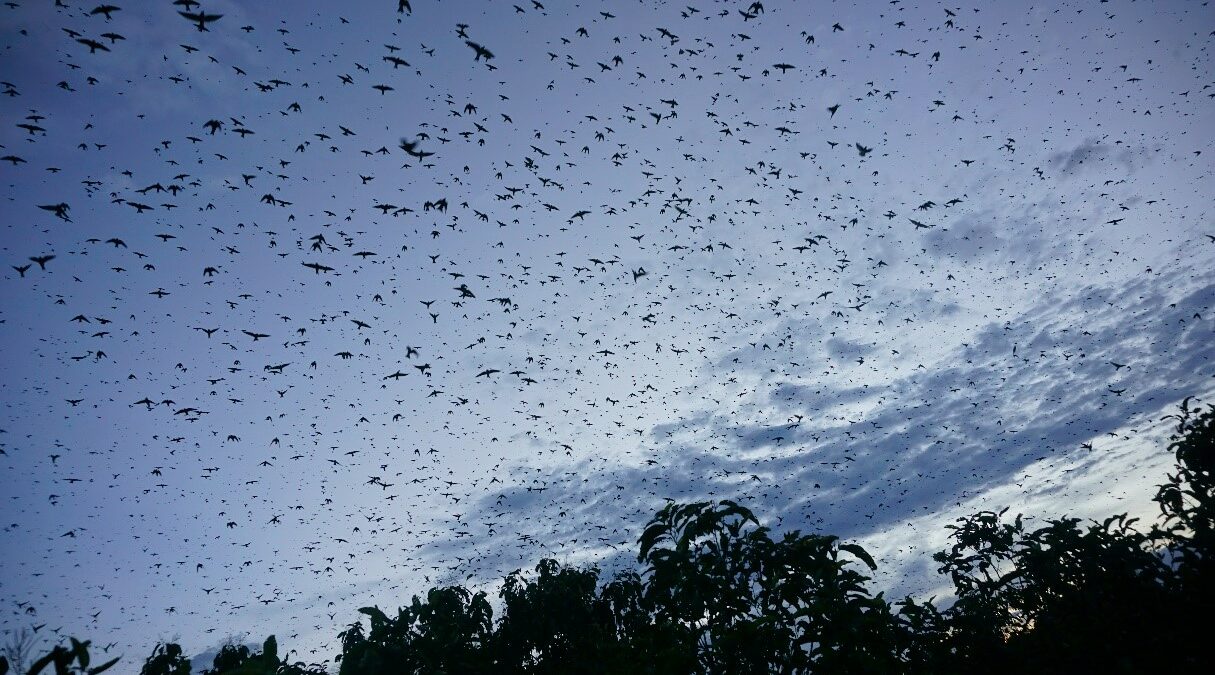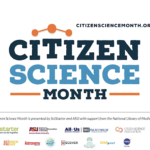STEM Career Q and A with Joe Siegrist
In this STEM Career Q and A, we talk with the lead of Project MartinRoost. Learn about his STEM career and how you can get involved in a citizen science research project. To meet more scientists and learn about their work, check out our Get to Know a Scientist series.
Q: What citizen science project do you represent?
Three projects: Project MartinRoost, Project MartinWatch, and the Scout-Arrival Study.
Q: What’s your professional background?
I have worked as a zookeeper, a naturalist, a field biologist, an educator, and now am president of a conservation non-profit.
Q: Were you interested in science as a kid?
Absolutely. Biology was always my favorite, but I loved chemistry and physics, too!
Q: Did you study a STEM field, or did you come to a STEM career in a different way?
I majored in Biology in undergrad and studied Wildlife Conservation in graduate school.
Q: How did you start Project MartinRoost? What made you want to start it?
Project MartinRoost was started because of the need to better understand how Purple Martins (a species of swallow) choose what habitat they form huge flocks in right before they migrate from North America to the Amazon Rainforest. These large flocks sometimes upset landowners or are at risk of harm, and the Purple Martin Conservation Association (PMCA) is often needed to intervene.
Q: How does someone participate in your project?
Project MartinRoost participation is easy. Just check out the map on our website to see if we suspect any roosts near you and then head there at sunset and observe the spectacle of thousands of Purple Martins arriving at sunset. Then, just fill out our website form on what you saw.
Our other projects are just as easy; they involve recording the contents of bird nests weekly or just telling us when you see your first Purple Martin of the year! (Project Martin Watch, Scout-Arrival Study)
Q: How has your project changed over time? For example, has it grown in participants? Have the research goals changed?
Project MartinRoost has grown over time. We hope that it will continue to grow until we know where every roost is, and we will have people that check on them every year.
Q: Where is your project going next?
We’ll be updating our map with updated radar data in case the roosts have moved recently.
Q: If a student wanted to have a STEM career like yours, what advice would you give them?
Get experience working on field crews. Researchers are always looking for help collecting data. Contact local university researchers and see if there are opportunities for volunteering to help.
Q: What can students do NOW to start preparing for a career like yours?
Be curious and find answers. The internet allows you to answer just about any question you have about the natural world. Learn as much as you can about whatever interests you. Work hard in school and ask your teachers about opportunities to expand your learning beyond class.
RELATED: GET TO KNOW A SCIENTIST: ASTROPHYSICIST DR. MELINDA SOARES-FURTADO
Featured photo: Thousands of Purple martins fill the sky at dusk (The Purple Martin Conservation Association)
This STEM Career Q and A is part two of three in a collaboration between SciStarter and Career in STEM, in which writers will spotlight different citizen science projects, interview project leaders about their careers, and create educational content for teachers and students.




